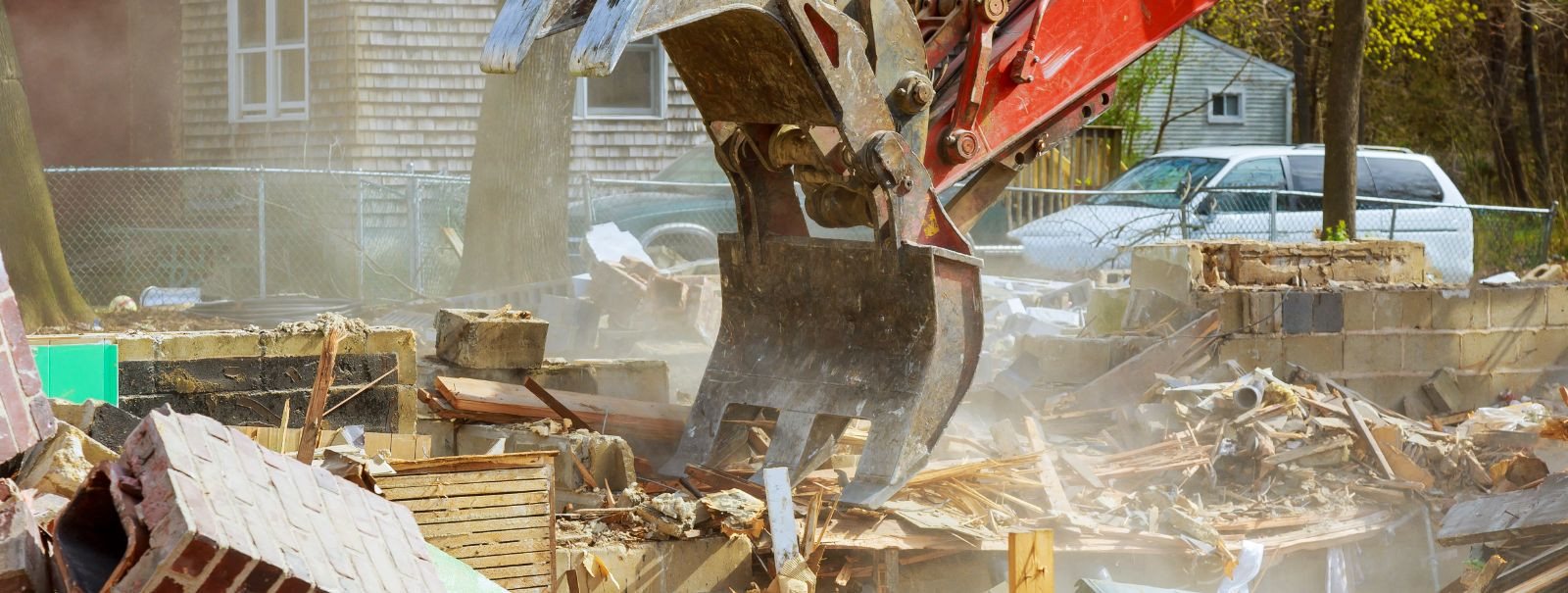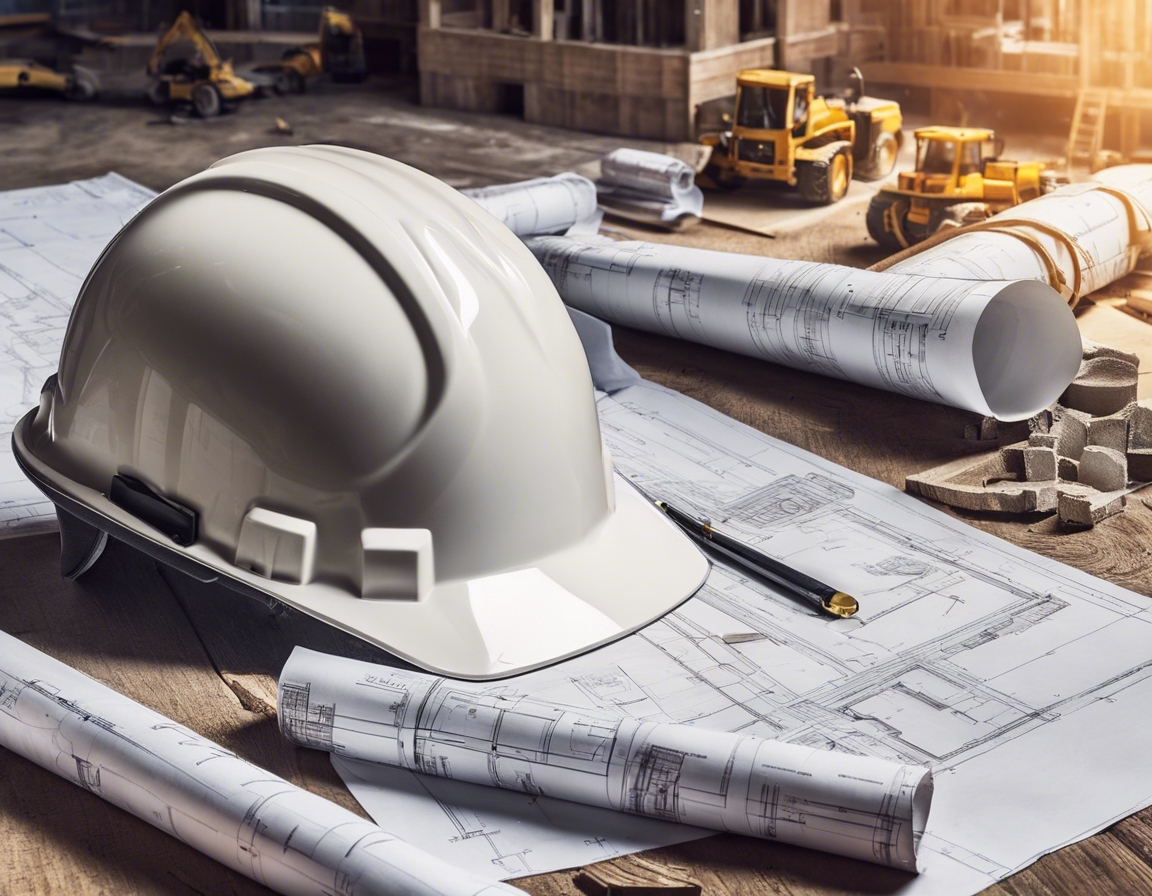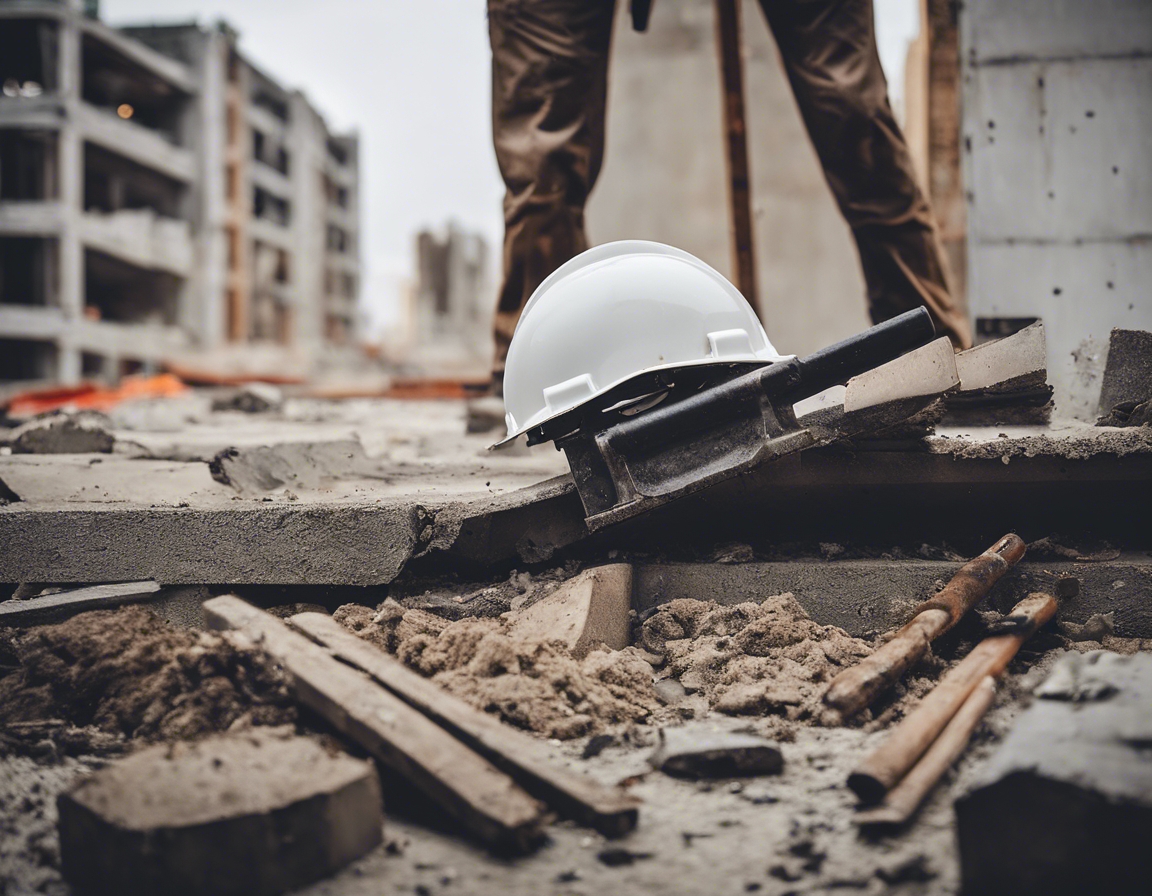Demolition 101: what you need to know before tearing down
Demolition is a critical step in the process of redevelopment and renovation. It involves the dismantling of buildings and structures, clearing the way for new construction and development. However, demolition is not a simple task; it requires careful planning, understanding of various methods, adherence to safety protocols, and consideration of environmental impacts.
Understanding the Types of Demolition
Interior demolition focuses on the removal of interior parts of a building without affecting the external structure. It's often used in remodeling projects where only a part of the building requires reconfiguration.
Selective demolition involves removing specific sections of a building while preserving the remaining structure. This type of demolition is common in renovation projects where only certain areas need to be updated or replaced.
Total demolition is the complete removal of a building or structure. This is typically done when an entire building is obsolete or when a new project requires a completely clear site.
Pre-Demolition Considerations
Before any demolition activity begins, it's essential to understand the legal requirements and secure the necessary permits. This ensures that the demolition is carried out in compliance with local regulations and building codes.
A thorough site survey is crucial to identify potential challenges and create a detailed demolition plan. This plan should outline the scope of work, methods to be used, and steps to ensure safety and minimize disruptions.
Older buildings may contain asbestos or other hazardous materials that require special handling. An assessment by a qualified professional is necessary to determine the presence of these materials and plan for their safe removal and disposal.
Utilities such as gas, water, and electricity must be safely disconnected before demolition to prevent accidents and ensure the safety of workers and the public.
It's important to inform neighbors about the upcoming demolition, as it may affect their property or daily life. Providing advance notice helps to maintain good relations and address any concerns they may have.
Choosing the Right Demolition Method
Manual demolition is labor-intensive and involves the use of hand tools. It's suitable for smaller projects or when precision is required.
Mechanical demolition uses heavy machinery such as excavators and bulldozers. It's efficient for larger projects but requires skilled operators and careful planning.
Deconstruction is the process of systematically dismantling a building to preserve materials for reuse. This method is more time-consuming but environmentally friendly.
Using explosives for demolition, also known as implosion, is a controlled method that brings down large structures quickly. It requires expert handling and is used in specific circumstances where other methods are not feasible.
Safety Measures During Demolition
Workers must wear appropriate PPE, such as helmets, gloves, and safety glasses, to protect against injuries during demolition.
Securing the demolition site is essential to prevent unauthorized access and ensure the safety of the public. Fencing, signage, and barriers are commonly used measures.
Proper management of debris and dust is important to maintain a safe work environment and minimize the impact on surrounding areas. This includes using water sprays, dust screens, and proper disposal methods.
Environmental Considerations and Recycling
Developing a waste management plan is key to handling demolition waste responsibly. It should outline how materials will be sorted, recycled, or disposed of.
Recycling and reusing materials from demolition can reduce waste and support sustainability. Commonly recycled materials include metal, concrete, and wood.
Demolition projects should aim to minimize their environmental impact by reducing emissions, preventing pollution, and conserving resources wherever possible.
Selecting a Professional Demolition Contractor
Choosing a contractor with the right experience and expertise is crucial for a successful demolition project. They should have a track record of completing similar projects safely and efficiently.
Ensure that the demolition contractor is properly licensed and insured to protect against any liabilities that may arise during the project.
Reviewing client testimonials and past projects can provide insight into the contractor's reliability and quality of work.
Obtaining detailed cost and timeline estimates from the contractor will help in planning the budget and schedule for the demolition project.






Comments (0)